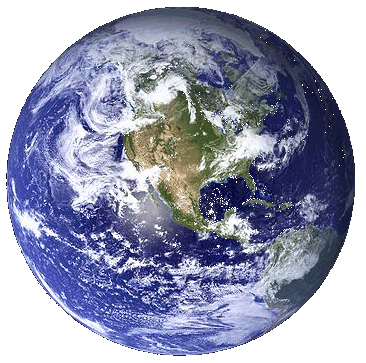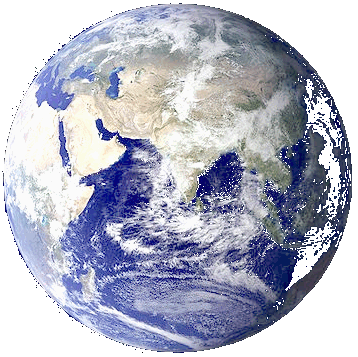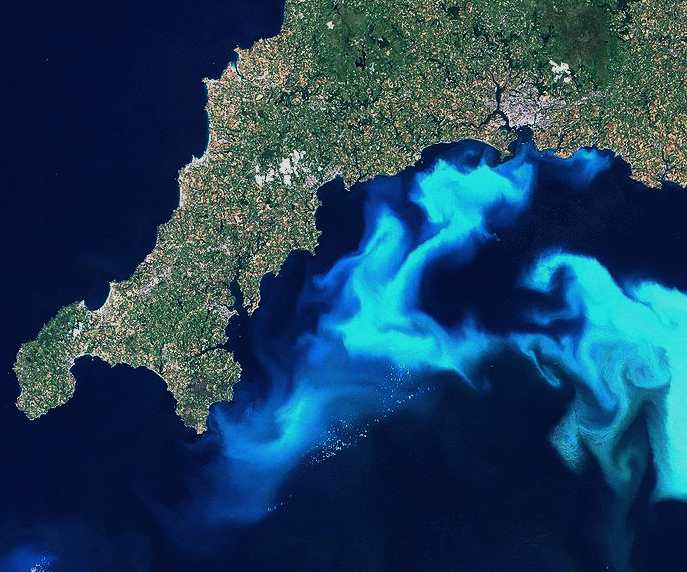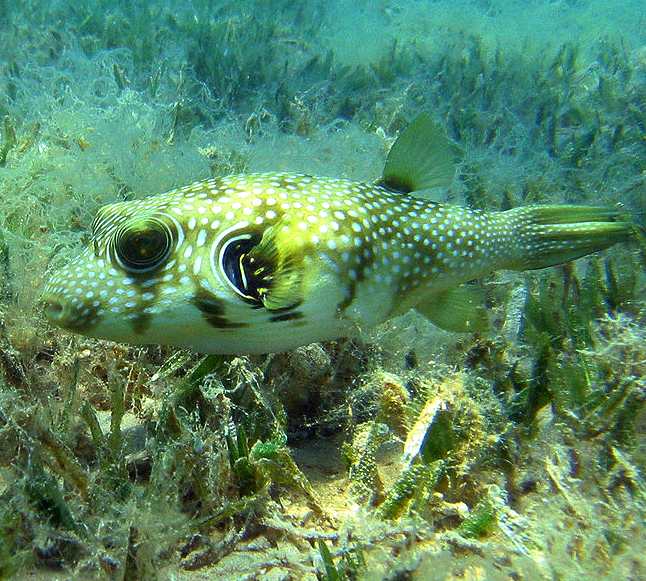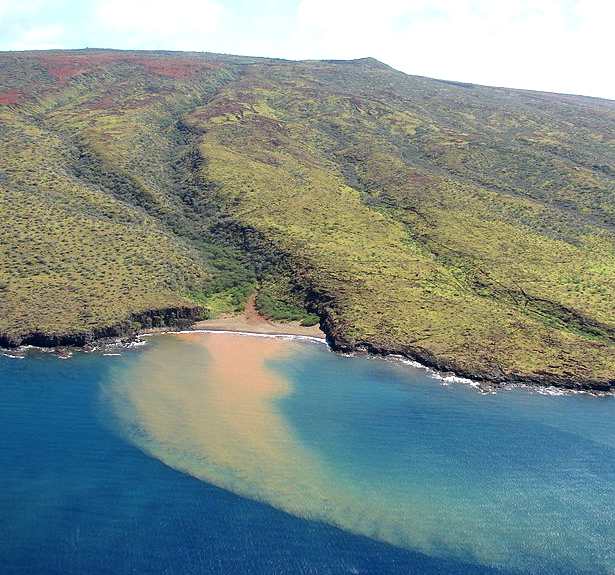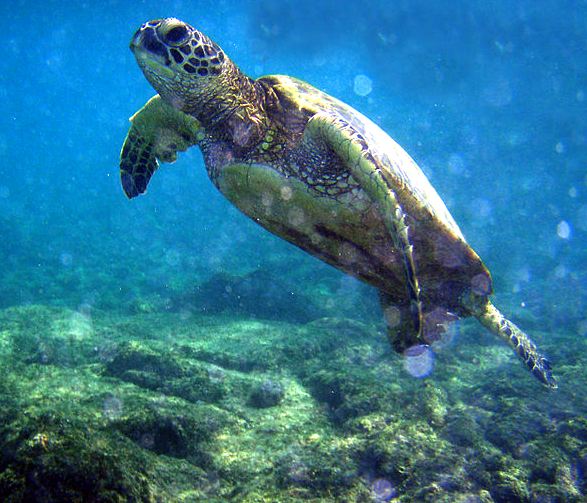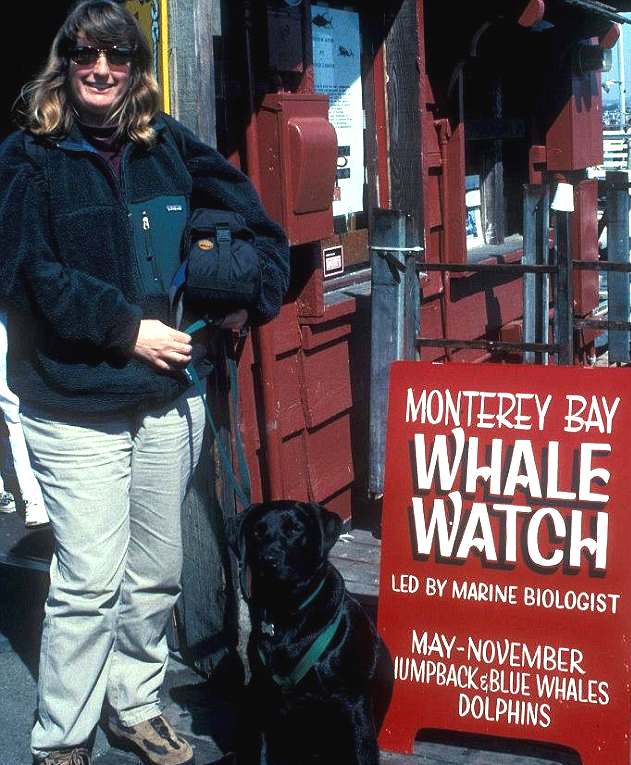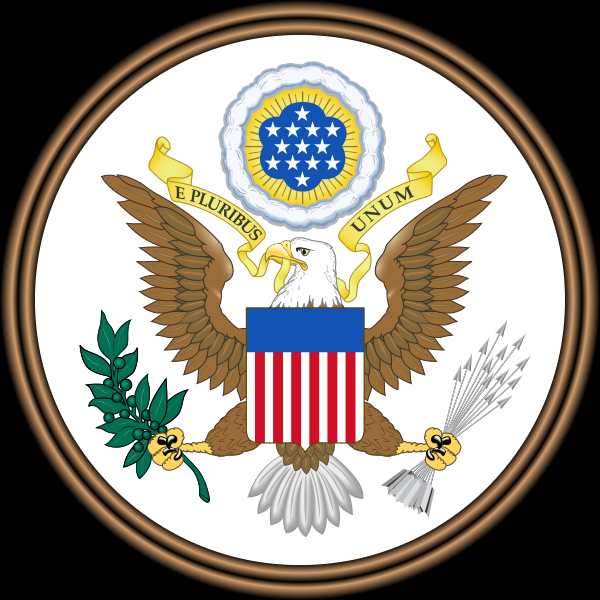|
|
MARINE BIOLOGY - CETACEANS
|
|
||||||||||||||||||||||||||||||||||||||||||||||||||||||||||||||||||||||||||||||||||||||||||||||||||||||||||||||||||||||||||||||||||||||||||||||||||||
|
Twenty-nine percent (29%) of the earth's surface is covered in water
Marine biology is the scientific study of organisms in the
ocean or other marine or brackish bodies of water. Given that in biology many phyla, families and genera have some species that live in the sea and others that live on land, marine biology classifies species based on the environment rather than on taxonomy. Marine biology differs from marine ecology as marine ecology is focused on how organisms interact with each other and the environment, and biology is the study of the organisms themselves.
The Challenger expedition (AD 1872-76) resulted in discoveries of fundamental importance to marine biology. The Challenger expedition was a scientific exercise that made many discoveries to lay the foundation of oceanography. The expedition was named after the mother vessel, HMS Challenger.
Under the scientific supervision of Thomson himself, HMS Challenger travelled nearly 70,000 nautical miles (130,000 km) surveying and exploring. The result was the Report Of The Scientific Results of the Exploring Voyage of H.M.S. Challenger during the years 1873-76 which, among many other discoveries, catalogued over 4,000 previously unknown species. John Murray, who supervised the publication, described the report as "the greatest advance in the knowledge of our planet since the celebrated discoveries of the fifteenth and sixteenth centuries". Challenger sailed close to Antarctica, but not within sight of it.
ECOSYSTEM
The marine ecosystem is large, and thus there are many sub-fields of marine biology. Most involve studying specializations of particular animal groups, such as phycology, invertebrate zoology and ichthyology.
MARINE MAMMALS PROTECTION ACT 1972 - JANUARY 2014
Prominent California marine biologist
Nancy Black was sentenced on Monday 13th January after pleading guilty to violating the Marine Mammal Protection Act by feeding killer whales in the wild, a misdemeanor.
Nancy was sentenced to three years of probation, $12,500 in fines and 300 hours of community service.
Nancy broke into tears as she addressed US District Court Judge Edward J. Davila on Monday. 'I made a mistake,' she said. 'I've learned a big lesson.' She added, that she has been through: 'the worst nightmare I could ever imagine,' referring to the grueling case. The Judge responded: 'It's a sad event when a good scientist falls off the path. This is your life. This is your passion. These creatures rely on you.'
Prosecutor Christopher Hale said Black's offence raised the danger that the whales would come to associate humans with food. 'When wild animals are fed by humans, they learn to lose their natural wariness,' he said. 'That can lead to devastating effect.'' That is of course true to any unnatural interaction with wildlife, but each case should be judged on its merits.
Hale said he had never heard of a person being attacked by a
whale: 'Who wants to be Patient Zero to be eaten by a killer whale because they're chumming for them.'
The marine biologist's work has appeared on PBS, National Geographic and Animal Planet. She also operates Monterey Bay Whale Watch. She has also worked with federal agencies on the study of whales, including the National Marine Mammal Laboratory, which is part of the National Oceanic and Atmospheric Administration.
Black's attorney Larry Biegel said for scientific research, his client had collected a piece of gray whale blubber and tied it to rope in order to film the orcas eating.
The case has been closely monitored by the whale watching community, and Biegel feared that because Black has been ordered to maintain a distance of 100 yards from whales that her business competitors might seek to report her if a whale happened to come closer than that.
'Whale watching in Monterey Bay is a wonderful business, but it is a business,' Biegel said. 'And it is intensely competitive. There is tension there that could be used adversely.'
While we have sympathy for any scientist who may bend the rules occasionally to obtain results, this case tells us the routine, or long term abuses will not be tolerated. The tragic case of Luna the killer whale that was killed by a propeller, is an example of human interference that went wrong. So, unless a whale is in danger for its life - don't even think about trying to help it to survive.
Poor Nancy, she meant well.
THE US ACT
The Marine Mammal Protection Act of 1972 (MMPA) was the first act of Congress to call specifically for an ecosystem approach to natural resource management and conservation. It was signed into law on October 21, 1972 (and took effect 60 days later on December 21, 1972) by President Richard Nixon. MMPA prohibits the taking of marine mammals, and enacts a moratorium on the import, export, and sale of any marine mammal, along with any marine mammal part or product within the United States. The Act defines "take" as "the act of hunting, killing, capture, and/or harassment of any marine mammal; or, the attempt at such." The MMPA defines harassment as "any act of pursuit, torment or annoyance which has the potential to either: a. injure a marine mammal in the wild, or b. disturb a marine mammal by causing disruption of behavioral patterns, which includes, but is not limited to, migration, breathing, nursing, breeding, feeding, or sheltering." The MMPA provides for enforcement of its prohibitions, and for the issuance of regulations to implement its legislative goals.
The Marine Mammal Protection Act (MMPA) was enacted on October 21, 1972.
All marine mammals are protected under the MMPA.
These species or stocks must not be permitted to fall below their optimum sustainable population level ("depleted");
Measures should be taken to replenish these species or stocks; There is inadequate knowledge of the ecology and population dynamics; and Marine mammals have proven to be resources of great international significance.
MMPA AMENDMENTS 1994
Certain exceptions to the take prohibitions, including for small takes incidental to specified activities, when access by Alaska Natives to marine mammal subsistence resources can be preserved, and permits and authorizations for scientific research; A program to authorize and control the taking of marine mammals incidental to commercial fishing operations;
Chapter 31 - WHALE NURSE 150 N, 1550 E Mercifully, the sea remained calm enough for John and Suki to undertake several bounce dives. Suki took samples of tissue and blood underwater, carefully filling sample bottles. John was treading water on the surface having just come up to get his bearings. He boarded the Elizabeth Swan, nimbly leaping out of the water and was half way up the steps, when Suki appeared where he had been in a froth of bubbles. John started back down the steps to help Suki onto the diving platform. “Excuse me Mr Storm, could you get me another sample container.” John smiled, eager to please, and climbed up the ships stairway again into the cockpit well. He found two more clear plastic bottles and gently tossed them to Suki from the boarding steps. Suki deftly caught them one in each hand. Then she duck-dived and was gone. John waited for more instructions.. Finally, Suki surfaced with the sample bottles full and climbed up the stairway. She dried herself quickly. Inside the aft cabin, Suki arranged the sample containers, looking around the interior as she did so. John and Dan were loitering full of curiosity, wanting to render assistance. “Pretty neat,” said Suki. Dan and John looked at each other puzzled. “The boat, it’s very tidy.” “Oh. Thanks.” Said Dan.” Taking all the credit. Suki ran a series of tests on a portable medical analysis machine called a Portalab ASD. It had the name in large metallic-red letters on the lid. “That’s rather swish,” said John, appreciating the virtual lab. “What does ASD stand for?” “This? What about your boat, now that is amazing.” John almost blushed, the boat was indeed superb, but it wasn’t his design; he’d just improved it. Suki was concentrating on the display, quizzing the results. Fitted into a small alloy suitcase, they’d crammed a mini centrifuge, a spectrometer, several dozen probes and a host of other advanced equipment many labs would be proud of. It was the medical equivalent of a digital multimeter, as used by electricians. The ASD was more than just a measuring device. It had an onboard computer that did a lot of the analysis work for the operator, suggesting possible interpretation and next moves. “It looks expensive.” John pressed Suki for an answer. “Yes, well they were. Now you can pick one up for around $10,000. They started out at more than $200,000. Put quite a few labs and surgeries out of business to begin with. I’m not sure what the ‘ASD’ stands for, but we say: all singing and dancing. The software is unbelievable. Extremely clever.” “Sound’s about right,” said Dan, admiring the advice on a touch-screen built into the lid. Suki carried on with her tests; blood and tissue. Placing a little on a sensor plate, then touching the screen to execute a command. “Normally, we’d check the urine, if this were a human.” She gave a little smile. John and Dan nodded as if they understood. " Yuh, difficult to collect a sample ..." Said John. " Somewhat impossible I'd say, Dan responded." Suki suddenly leapt up in the air excitedly and did a little dance, waggling her head from side to side so that her hair double-bounced, as she did so rotating on the spot. Her face came alive as though she'd just won the lottery, a smile as wide as a river mouth and she let out a tremendous whelp: "Yes." Then she stopped and looked a little awkward, realizing that she had company. Coming back down to earth she said: “No. Of course, that explains a lot.” “What? Explains what?" Said the two men in unison, somewhat amused by the antics they'd just seen. Suki continued somewhat more composed, “Kulo is carrying.” Dan chimed in, “Oh no, ladies things.” “Yes, very big ladies things and she’s lost a lot of blood." “Sorry,” said John more that a little confused. "Are you trying to tell me that a pregnant whale sank a 600 ton trawler. Are you sure this whale is pregnant?” Dan laughed out loud, Suki also. John was acting just like a father hearing the news for a first time. He wobbled a bit, signifying genuine shock. Suki noted the reaction and continued. “She needs our help badly, and yes I am absolutely positive that this whale is pregnant. I'd stake my reputation on it.” “What do you mean help. Emotionally, nutritionally, what kind of help?” said the skipper, still steadying himself. “Yes, the works, both, everything really - on a monumental scale; vitamins, minerals and antibiotics. Yes, and protein. I'd tell you to be nice to her, but I think from her reaction when you are in the water that she has already taken a shine to you." John of course felt the same way. “You’ll have to work out a shopping list for us, then I’ll, er, we'll do - what we can. We'll place an order, which will probably involve some begging.” Suki stopped quizzing the Portalab. She stored the sample bottles and closed the lid tight. Then she started writing out a list taking not very long. She handed it to John. John took a look at the list, nodded as if in approval and got on the radio. It took several minutes to make a connection. “We’d better keep this quiet.” He whispered to Dan. “Hi Steve. Yes, no panic, we’re doing fine. But listen, oh and thanks for sorting us a decent marine biologist. That's why I'm calling really. She’s discovered a nutritional deficiency. “She?” “Yes, that’s right,” said John smiling to himself. "In fact they both are." “What do you mean both. The whale and the doctor ........ what’s she like?” “Capable and captivating ....... both of them.” John stopped when Suki looked over as if she could understand the conversation. "Attractive, is she?" John continued guardedly, “Very well equipped, and we are expecting an addition to the family." There was total silence on the other side. "Steve. Are you there Steve." "Yes. Sorry, did you say expecting?" "That's right old boy. Couldn't believe it myself. So, we need the following list of foods rather urgently I’m afraid. The lady has lost a lot of blood.” John read off Suki’s long list. “100 pounds of salmon, 200 eggs, 2 sacks of haricot beans, and a couple of crates of a good glucose energy drink with vitamins. Have you got all that?” “Wowee. Wow. Yes okay. It’s a bit .... this might take some time to source and er, it sounds expensive. I’ll have to get back to you.” "Sure. Think on the publicity. Do your best and pull out all the stops on this one. I'll owe you one. "You already do," said Steve. "You might try a local aquarium......." The radio went dead, signifying that Steve was already on it. John cracked a wry grin that disappeared just as quickly as he realized that he had things to do. He paced up and down the co "Okay. Suki, just how are we going to feed the whale what's on that list?" Suki smiled thoughtfully, "It's not going to be easy....... Technically, we'll probably be breaking the law ...... "How so ......... " John to Steve ask Tom to send in sacks of vitamins, glucose, etc, etc, - which are helicoptered in like a courier service. (Cybershot storyboard). They can’t source some exotic ingredients in a hurry, so they send in a crate of Solar Tonic which they feed intravenously. “Are you sure about this?” “Not on this scale but it should work.” - * -
ACIDIFICATION - ADRIATIC - ARCTIC - ATLANTIC - BALTIC - BERING - CARIBBEAN - CORAL - EAST CHINA
ENGLISH CH - GULF MEXICO - INDIAN - MEDITERRANEAN - NORTH SEA - PACIFIC - PERSIAN GULF - SEA JAPAN
STH
CHINA - PLASTIC
- PLANKTON - PLASTIC
OCEANS - SEA
LEVEL RISE
LINKS & REFERENCE
Marine biologist Nancy Black fined $12,500 for illegally feeding wild whales http://en.wikipedia.org/wiki/Marine_habitats http://en.wikipedia.org/wiki/Marine_biology http://en.wikipedia.org/wiki/Challenger_expedition http://news.ninemsn.com.au/world/2013/07/23/06/08/divers-nearly-swallowed-by-humpback-whales http://www.cascadiaresearch.org/robin/humpback.htm http://www.seashepherd.org/lightbox_pages/humpback_whale.php http://www.enchantedlearning.com/subjects/whales/species/Humpbackwhale.shtml http://www.asdwire.com/press-release-8988/ http://www.maritimeaustralia.com.au/ http://www.pacific2013.com.au/innovation-awards/index.html Kestrel Marine's Sentient object recognition system tattoos fansshare.com sectasaur_antarctic_melt_john_storm_adventure_book_by_jameson_hunter
|
||||||||||||||||||||||||||||||||||||||||||||||||||||||||||||||||||||||||||||||||||||||||||||||||||||||||||||||||||||||||||||||||||||||||||||||||||||||
|
This website is Copyright © 2018 Bluebird Marine Systems Limited. The names Bluebird, Bluefish, SeaNet™, SeaVax™ and the blue bird and fish n flight logo are trademarks. All other trademarks are hereby acknowledged.
|
||||||||||||||||||||||||||||||||||||||||||||||||||||||||||||||||||||||||||||||||||||||||||||||||||||||||||||||||||||||||||||||||||||||||||||||||||||||
